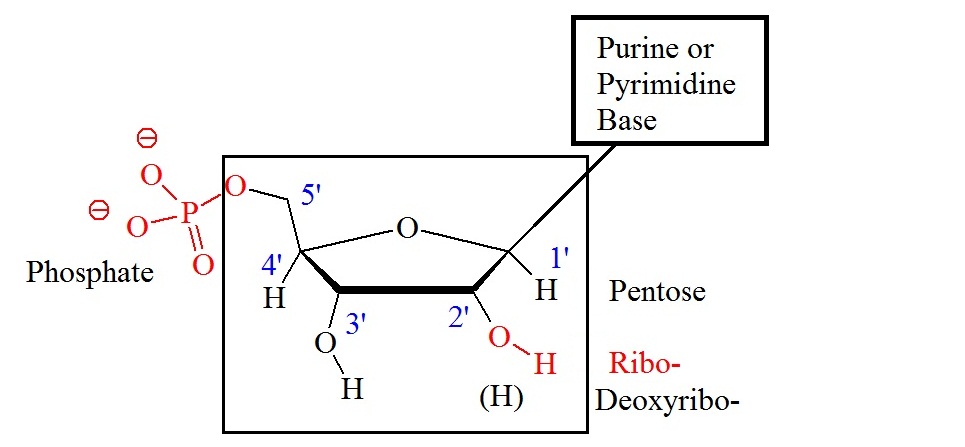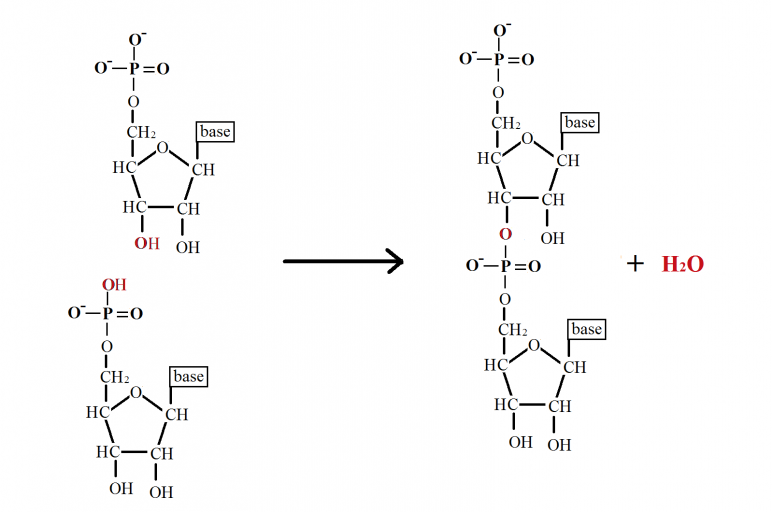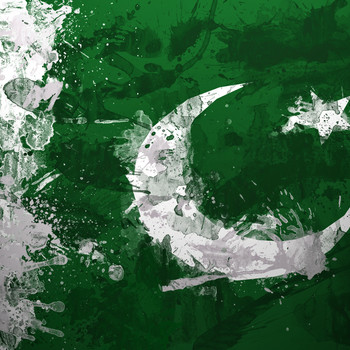Question #65b20
1 Answer
Phospho = phoshate group i.e
Diester = two ester bonds i.e
Explanation:
In biology, it is defined as a covalent bond present b/w two nucleotides. Thus it held the polynucleotide chains of
Structure of nucleotide:
Nucleotide contain three components:
- Phosphate group
- Five carbon sugar: ribose
#to# #RNA# and deoxyribose#to# #DNA# - Nitrogenous bases( purines and pyrimidines)
Nitrogen base is attached to carbon number

Formation of phosphodiesterase bond:
The
As the phosphate group link to the two sugars by two ester bonds. Thus the linkage between the two nucleotides is called phosphodiester linkage/bond.

https://teaching.ncl.ac.uk/bms/wiki/index.php/Phosphodiester_bond
Hope it helps...

